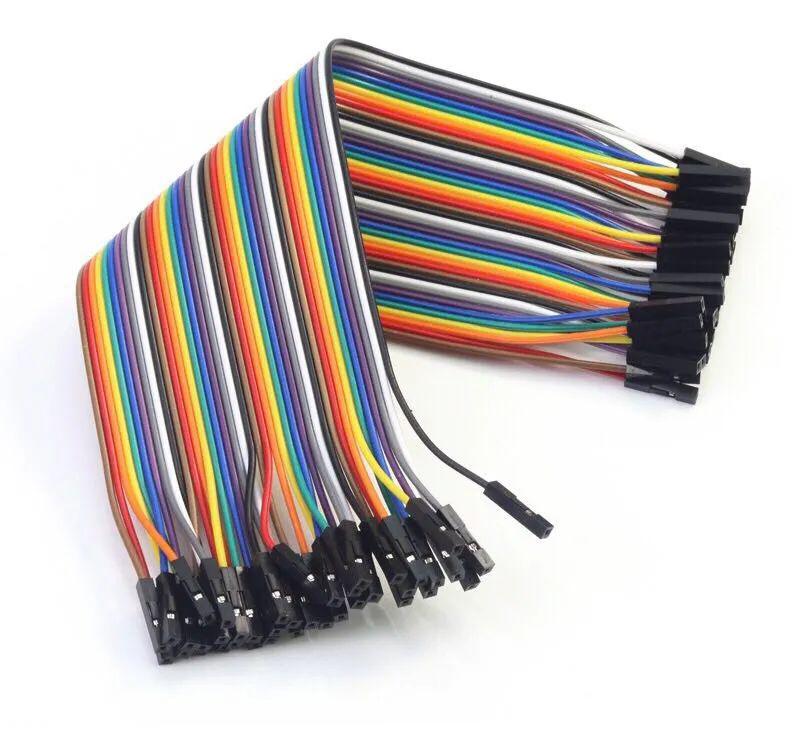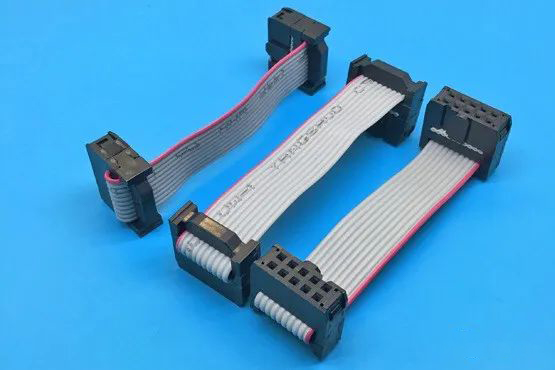Flat Cables: Durable, Flexible, and Space-Saving Wiring Solutions
Flat Cable, also known as Flexible Printed Circuit (FPC), operates in strict accordance with the wiring regulations, wire sequences, wire colors, and wire numbers stipulated by the relevant industry standards.
It is specifically designed for data transmission in movable components and active areas. For instance, the data cables that connect the hard disk and optical drive to the motherboard inside a computer, the data cables linking the display screen to the mobile phone motherboard, and the data cables between various connected devices are all collectively referred to as flat cables. These flat cables possess remarkable flexibility, allowing them to be moved, bent, and twisted without causing any damage to the wires. They can also conform to diverse shapes and accommodate special packaging dimensions.

The only limitation flat cables face pertains to volume and space constraints. Given their ability to endure millions of dynamic bends, they are ideally suited for interconnect systems that involve continuous or periodic motion, seamlessly integrating into the final product's functionality. Flat cables exhibit excellent electrical and dielectric properties, as well as outstanding heat resistance. Their functionality is truly powerful, and they find applications in virtually all electrical appliances.
Flat cables offer enhanced assembly reliability and quality. By reducing the hard components required for interconnection, such as the commonly used solder joints, trunk lines, backplane circuits, and cables in traditional electronic packaging, flat cables can provide superior assembly reliability and quality. This is because traditional interconnected hard components, which consist of complex multiple systems, are prone to a relatively high rate of component misalignment during assembly.

With low stiffness and small volume, flat cables, due to the compact size of their components, consume fewer materials. "With the advent of quality engineering, a highly flexible and thin system has been designed to be assembled in only one way, thereby eliminating numerous human errors typically associated with independent wiring projects.
The lifespan of a flat cable generally ranges from 8,000 to 10,000 open-close cycles. If averaged at 10 open-close operations per day, it would last approximately two years.
Main Specifications / Special Features:
Operating Temperature: 80°C
Rated Voltage: 300V
Applicable to internal connections of general electronics and electrical appliances, such as audio-visual equipment.
Conductor: 32 - 16AWG (0.03 - 1.31mm²) tinned or bare copper stranded wire
Insulation Layer: PVC
Ribbon-like Parallel Arrangement
Parallel wires with a spacing of 2.0mm and 2.5mm for easy insertion into each jack of the printed circuit board
Can be used as an alternative to wire harnesses
Possesses characteristics such as acid and alkali resistance, oil resistance, heat resistance, moisture resistance, and mold resistance
Applicable to internal connections of general electronics and electrical appliances, such as audio-visual equipment.


